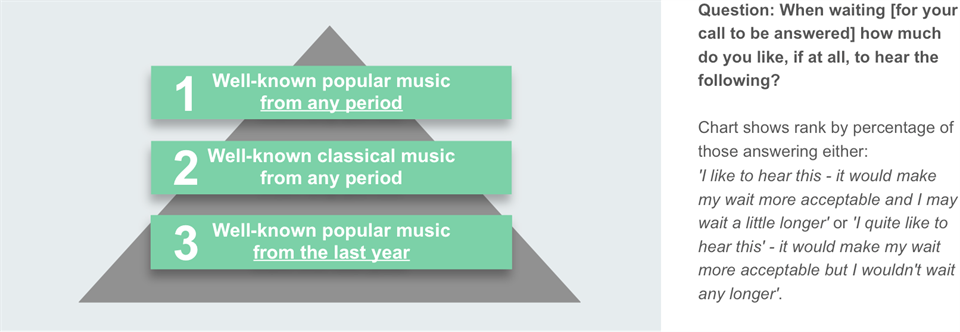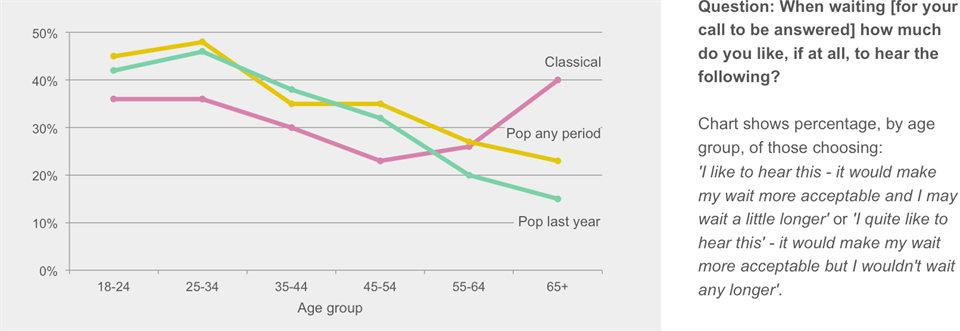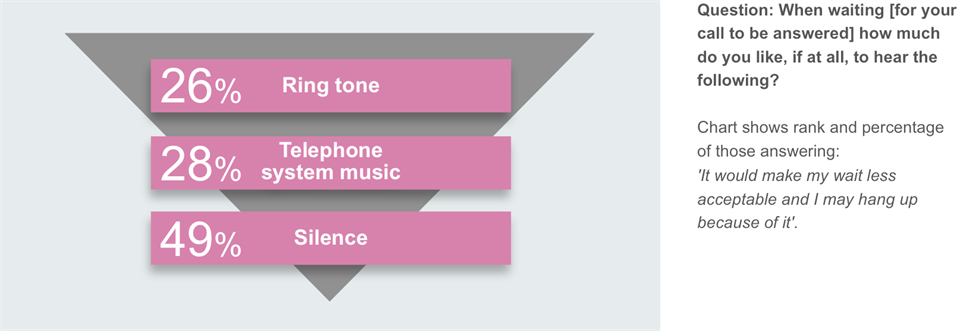10 things every service writer should know
Over the last few months we’ve been mystery shopping and studying service emails from some of the UK’s biggest brands. We’ve also been working with well-known market researcher ICM to find out what in an email makes customers happy, buy and feel that their query’s been resolved first time.
There’ll be more about that study in our next blog. But for now here are 10 tips, taken from our research, to help you craft that perfect service email:
1. Look for what your customers really want
Good readers write the best emails. That’s because good readers understand what your customers really want. If someone says: “I’m going on holiday tomorrow, what time will my delivery arrive?” The direct question is: “what time will my delivery arrive?” But the problem is that the delivery may arrive when they’re away. A good reply would answer the question and also give a solution to the problem: “Between 9 and 6, but we can deliver to a neighbour or where you’re going if you need it for your holiday.”
Try this: Read your customer’s email at least twice (and you’ll only have to answer it once).
2. Put your answer first (and make it clear)
What customers want most is an answer to their question. So put it first in your response (save your ifs and buts for later) and make it as direct and confident as possible. Do the legwork for your customer too. Apply your terms to their situation instead of copy / pasting your Ts & Cs, or giving them a link to every FAQ answer.
Try this: To make your writing clear keep your sentences short (25 words or less) and use commonly used words (these are normally shorter too). If you want a rough guide to how easy your emails are to read, word processors like Microsoft Word have readability checkers built-in. (This blog has a readability score of 70. That’s around the reading age of a 12–13 year old and about the same as a Harry Potter book.)
3. See if you’ve created more questions
In our mystery shopping study some businesses answered our question — but raised several more. So they’d likely get another email from us (costing both them and us time and money). Put yourself in your customer’s shoes, read your answer again and ask yourself: “have I created any more questions?” If the answer’s yes, answer those too.
Try this: Saying “could” or “may” can result in your customer feeling uncertain and coming back to you for further clarification. Try to be more definite and use “will” instead.
4. Meet and match your customer
Relationships are built on trust — and we find it easier to trust people who are like us. Look at how your customer has written to you. Are they formal or informal, direct or chatty? Flex your style to suit your customer’s personality and you’re much more likely to get along.
Try this: Look at how your customer greets you. If they say: “Hi”, then “Hi” back and using their first name is OK. If they start with a traditional: “Dear Sir / Madam”, then something more formal’s required.
5. Mind your tone
In service studies a helpful and friendly attitude comes top of the list of consumers’ wants. It’s strongly linked to service outcomes like satisfaction, repeat buying and advocacy as well. Attitude comes across through what you say, but also how you say it or your ‘tone of voice’.
Try this: Nowadays it’s acceptable to write the way we speak — perhaps with a little more polish and fewer uhms and errs though. This style of writing helps you to sound warm, accessible and engaged. It also gives your customer a strong sense of being in a conversation with a real person, something that creates a bond and loyalty.
6. Avoid jargon and business speak
There are lots of names (and acronyms) that mean something to everyone in your industry. But they may not mean anything to your customers. The business world has its own way of singing from the same hymn sheet. At the end of the day this kind of language isn’t everyone’s core competency, so going forward, kick business speak into the tall grass (and leave it there).*
Try this: When you have to use a legal term, or you need a quick ‘industry way’ to refer to something that comes up a lot, explain it the first time you use it.
7. Always check your spelling and grammar
Poor spelling and grammar makes your writing more difficult to understand. It’s also one of the ways that a reader will gauge how credible and trustworthy you are. So become best friends with your spelling and grammar checker (and make sure it’s set to UK not US English).
8. Say what can be done, not just what can’t
Sometimes you have to say no, sorry, can’t do it. Instead of leaving it there, try to find workarounds and alternatives. For our study we asked some insurance companies if an iPad was covered if we left it in our car. Some said no. Some said yes, but to a value less than its worth. One said: “yes, though probably not its entire value — but have you looked at your home insurance? They often cover personal possessions too.” We know where we would take our business.
9. Keep your footer brief (and read it)
Try to keep that bit of legalese at the bottom of your email as brief as possible. Consumers are naturally suspicious of small print. The more of it there is, the more they’ll think you’re trying to pull a fast one. Don’t be afraid to ask questions of what’s there and see if you can work with your legal team to make it easier to understand too.
10. Think about what the customer will do next and help them to self-serve
You’ve followed the tips, have crafted the perfect service email and the tip of your cursor is positioned purposefully over that send button. Stop! Imagine what your customer will actually do when they read your email. Will they go on and buy something? Or compare you with others? Your response isn’t just about answering this email. It’s also your chance to shape what happens next. If they said they want an answer before buying, then steer them to your website as the fastest and most cost effective channel to use to make their order. If they’re comparing you to others, then an offer to price match could help you close the sale. Thinking one step ahead will reduce the number of calls and emails you have to handle, make things easier for your customer and even help you sell more.
If you’d like to find out more about how these tips can become part of your writing team’s DNA, take a look at our new Writing to Improve Service — 1 Day Workshops. Or drop us an email
*Rough translation: Some people don’t understand business speak, don’t use it.












